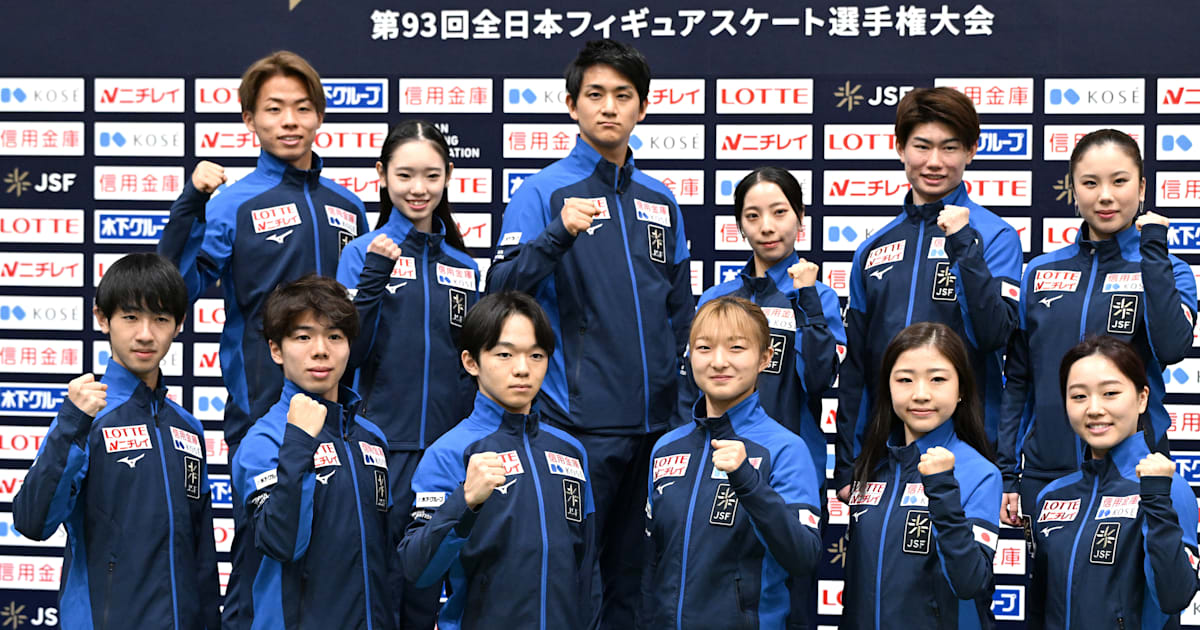Fashion
Victoria’s Secret’s comeback fashion show portrays ‘tokenistic’ brand identity

In the early 2000s, Victoria’s Secret fashion shows oozed opulence and exclusivity — featuring Fantasy Bras bedazzled with thousands of diamonds worth up to $15 million, extravagant wings that often doubled models’ heights, and a troupe of thin supermodels blowing kisses to star-studded crowds.
The annual fashion show was designed to be aspirational, unattainable. In 2018, then-CMO Ed Razek infamously told Vogue that including plus-sized and transgender models would ruin the “fantasy” of the lingerie show, sparking boycott calls. The brand very quickly fell out of favor for holding onto outdated ideals.
Victoria’s Secret’s problems did not end there. Details emerged about Razek being repeatedly accused of inappropriate conduct. The company also had connections with sexual predator Jeffrey Epstein, with a New York Timesarticle in 2019 detailing how Epstein sexually assaulted models in hotel rooms.
Facing growing scrutiny, Victoria’s Secret Angels retired their wings in 2018 for a six-year hiatus.
That was until Victoria’s Secret hosted its comeback 2024 show on Tuesday, featuring all-women performers including Cher and Tyla, two transgender models and shoppable lingerie for consumers (that meant no $15 million fantasy bra). Veteran Victoria’s Secret Angels Adriana Lima and Tyra Banks walked alongside a fresh crop of models of various ages, races, sexualities and sizes.
Yet while this year’s show was the most diverse yet, it sparked criticism online for missing the mark, with PR experts describing the efforts as “tokenistic,” “performative” and “muddled,” in conversations with Campaign US. Experts claimed the brand’s “performative” marketing is transparent to consumers.
“Victoria’s Secret is still living in a narrow lane of what beauty is,” said Katie Hankinson, Yonder Consulting’s U.S. managing director. “It’s hard for the show and marketing to not appear performative when the brand hasn’t done the deep work of knowing themselves and what they stand for.”
Hankinson added that Victoria’s Secret’s controversies “run so much deeper than skin deep, and coming out with a glitzy show like nothing happened is papering over the cracks.”
Ashley Graham and the show’s other plus-sized models appeared “more covered” than non plus-sized models, said Keisha Townsend Taitt, GSD&M’s chief inclusion officer.
“It just pushed the trope that if you have rolls, it’s only acceptable to be in a one-piece that’s covering up,” Townsend Taitt said. “Meanwhile, Savage X Fenty had pregnant women in lingerie pushing confidence and self worth.”
In the wake of Victoria’s Secret’s scandals and increasing competition from emerging lingerie brands like Savage X Fenty, Aerie and Skims, the brand’s yearly net sales have trended downward since 2018. Victoria’s Secret’s 2023 net sales were $6.2 billion, a 26% drop from $7.8 billion during 2016, one of the brand’s peak years.
Victoria’s Secret is “taking from competing brands’ playbooks” instead of developing an impactful brand image, Townsend Taitt said. She noted how Victoria’s Secret released an adaptive line for consumers with disabilities, but only after Skims released a similar line the year prior. Hankinson agreed that Victoria’s Secret’s branding “needs to be the truth, not the trend.”
“Victoria’s real secret is that she doesn’t know herself,” Hankinson explained. “The brand is like a younger girl who needs to grow up and figure out who she really is.”
By trying to please all consumers — millennials who wanted the nostalgia of seeing original Victoria’s Secret angels, and GenZers pushing for more diverse shows — the result was an unclear brand identity, Townsend Taitt said, describing it as a show that “tried to do everything and did nothing.”
However, Townsend Taitt credited Victoria’s Secret for “increasing age diversity in a relevant way” by bringing the original Angels back, and said “inclusivity comes with progress, not perfection.”
Julie Oxberry, Household’s group CEO, said Victoria’s Secret “failed to leverage the moment they took to look at their brand and come back with something meaningful. However, she noted that Victoria’s Secret’s brand can improve if it “gives its marketing team some wings” to create a more authentic and contemporary identity.
“It’s all about fun and glitz and glam, but they can have that and still have something creative and emotionally and visually meaningful, ” Oxberry said.
This story first appeared on PRWeek U.S.










